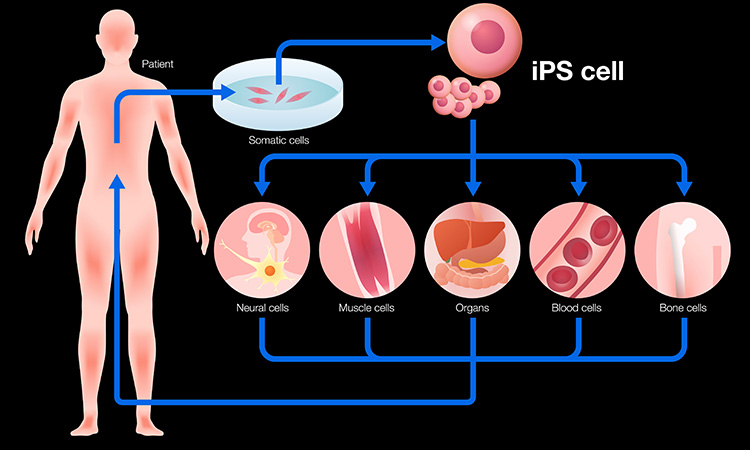Pre-clinical study shows significant increase in effectiveness of breast cancer immunotherapy
Scientists have discovered the essential role of a ligand-dependent corepressor to potentially enable cancer cells to present tumour antigens on their surfaces.

















